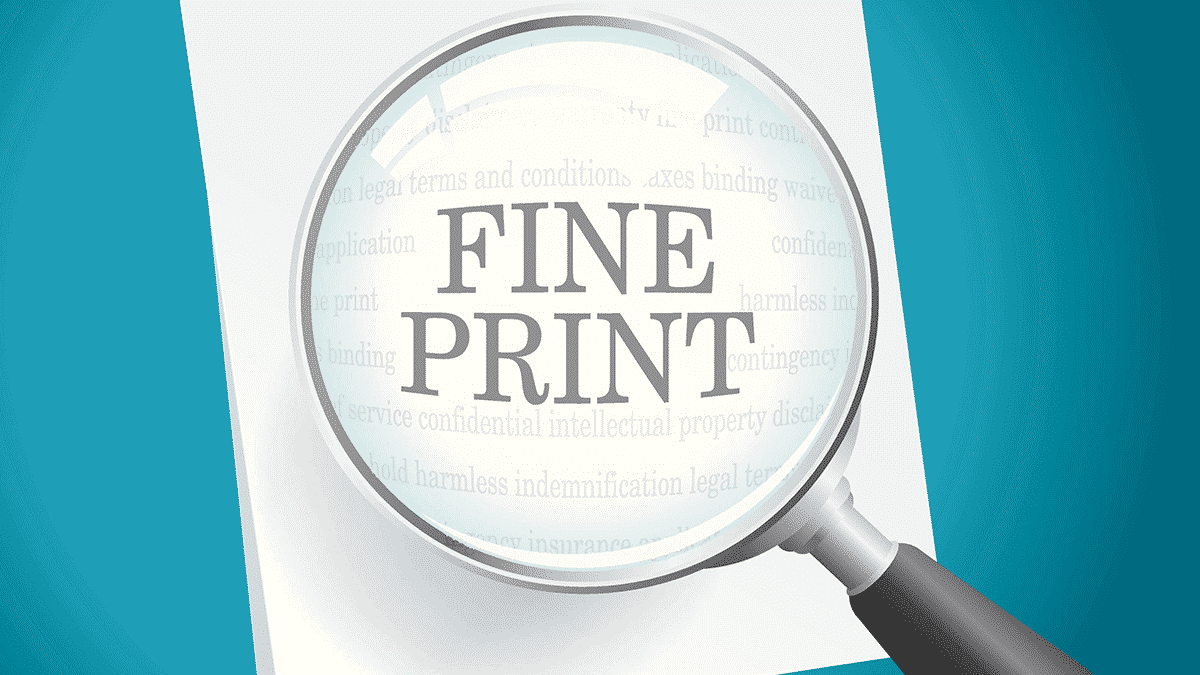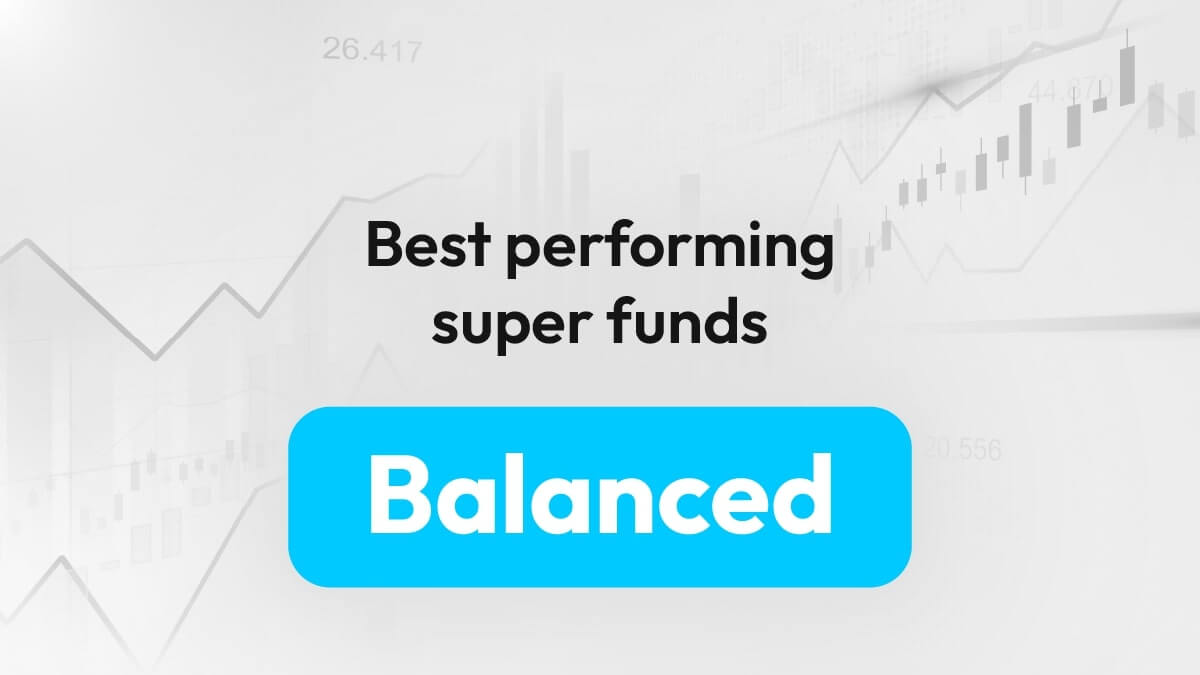In this guide
When it comes to choosing a high-performing superannuation fund, the most important consideration is undoubtedly investment performance over the long run, after tax and fees. After all, the higher your account balance when you stop work, the sweeter your retirement will be.
So why is it that when Chant West rates and awards superannuation funds, 30% of its rating is based on member services, second only to investments? (Investments account for 40% of the final score for super funds and 45% for pension funds.)
The answer is that, far from being fluffy add-ons, member services done well hold the key to more money in retirement.
“It’s about helping members make the right decisions at the right time, so they can make the most of their retirement income,” says Chant West general manager, Ian Fryer.
What are member services?
Member services typically include:
- Educational resources such as online articles and videos, tools and calculators, as well as online or face-to-face seminars
- Life insurance – death cover, total and permanent disability (TPD) and income protection insurance – at discounted group rates
- Financial advice, from free general advice about super to comprehensive personal advice from in-house or external licensed financial advisers at competitive rates
- Member discounts on things such as home loans and other products and services, depending on the fund and the profile of their members.
The glue that holds all these services together is communication, from the annual member statement, annual reports, and market updates to more targeted messages.
‘Nudging’ members to act
Fryer says funds these days talk about ‘nudging’ individual members towards action with the potential to improve their retirement outcome. So rather than send an email to prompt all members to consider making a co-contribution, say, funds are increasingly using data to identify which actions each member is most likely to get the most benefit out of.
For younger members, these nudges might include information on things like:
- How to make more contributions
- Understanding your investment options and what is the most appropriate option for you
- Understanding your insurance needs and getting the right level of insurance.
As you get closer to retirement, you may be encouraged to work out:
- What level of retirement income you will have if you keep doing what you are doing
- How much you think you will need in retirement
- If there’s a gap between the two, your fund might suggest what you can do to make up the difference.
What about members in retirement phase?
Member services for people who are withdrawing retirement income are less well developed than services for members who are still working and accumulating super. This is a glaring omission, given the complex decisions that need to be made in retirement phase.
Not only are there decisions around how your super pension is invested and how much you should draw down each year, but you also need to consider how your super interacts with the Age Pension, investments outside super and home ownership.
While a lot of funds offer retirement calculators that allow pre-retirees to key in their current balance and contributions then click to find out their estimated retirement balance and income, there are fewer tools for retirees. For instance, Fryer says a retiree might want to ask: “I’m 70 and I’ve got $300,000 in super; what should I do with that? If I draw down $20,000 a year, how long will that last?”
It’s the same with advice. Most funds have a strong focus on providing financial advice to members as they approach retirement, which is a critical time. But funds that provide tailored guidance for members in retirement phase tend to be big funds with a high proportion of pension members.
What separates the best from the rest?
In a word, data.
Better funds are using data on their members to understand their individual needs. They collate this information to work out how and when to communicate with members about actions that could improve their super.
Better funds also present information in an engaging way using graphics and images to grab members’ attention and make it easy for members to act on what is being suggested.
Funds are also beginning to deliver consistent, personalised prompts across multiple channels, because every member will have a preferred method of communication. So how does this work in practice?
Don’t overlook your annual statement
Potentially the most effective communication tool is the annual member statement because it gives a snapshot of your superannuation vital statistics in dollars and cents.
Fryer says better funds not only present your account balance but include a projection of what your retirement benefit and annual retirement income might be if you continue your current trajectory. For example, it might say you are on track to have $50,000 a year in retirement including the Age Pension.
That’s useful information because you can then think about whether you are doing enough or whether you may need to make additional super contributions.
Better funds are also introducing more interactive statements. For example, there may be a retirement benefit projection you can click on that takes you to a retirement calculator pre-populated with your personal information. You can then play around with how much extra you would need to contribute to get where you need to be.
How to recognise good service
One of the difficulties in assessing which funds offer the best member services is that it can be hard to tell what they are doing well, or not so well, until after you are a member. But there are signs to help guide your search.
Essentially, you need a fund that makes it easy for you to find answers to these four key questions:
- How am I tracking towards retirement?
- Am I in the right investment option?
- Am I making the right level of contributions to achieve my desired retirement income?
- Do I have the right type and level of insurance?
So, if you are thinking of switching funds or simply want reassurance that your fund stacks up against the best member services, here are some places to look:
- Dig out your latest annual statement and see if it includes information that helps you work out whether your retirement savings are on track and, if not, what you might do to improve your retirement outcome.
- Go to your fund’s website to see if they are going out of their way to connect with you in language you understand.
- Check the latest super fund awards here on SuperGuide and look at the websites of any you are interested in. While Chant West is the only ratings house with a separate award for member services, the top awards from all super ratings groups include member services in their overall assessment.
- Compare your fund with up to two others using Chant West’s AppleCheck service. As well as member services, you can compare fees, performance and insurance. Some funds offer this service free; check here to see which funds offer the service, and which funds you can compare them with.
The bottom line
The current focus on superannuation performance and fees – by the federal government, regulators and the media – means that member services are often overlooked in the hunt for a great super fund. Yet member services such as educational resources, insurance, financial advice and personalised communication have the potential to help you get the most out of your super and your retirement.

















Leave a comment
You must be a SuperGuide member and logged in to add a comment or question.